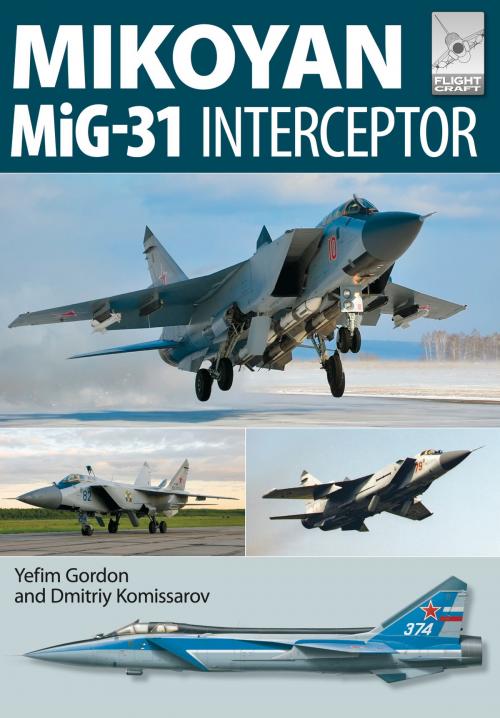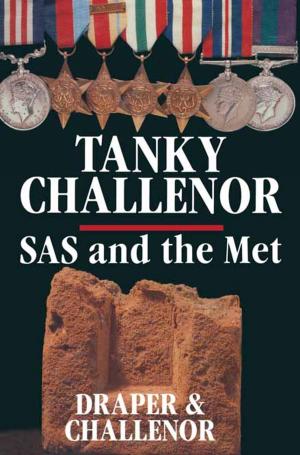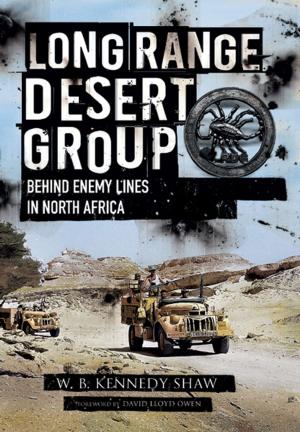| Author: | Yefim Gordon, Dmitriy Komissarov | ISBN: | 9781473869196 |
| Publisher: | Pen and Sword | Publication: | October 30, 2011 |
| Imprint: | Pen and Sword Aviation | Language: | English |
| Author: | Yefim Gordon, Dmitriy Komissarov |
| ISBN: | 9781473869196 |
| Publisher: | Pen and Sword |
| Publication: | October 30, 2011 |
| Imprint: | Pen and Sword Aviation |
| Language: | English |
The MiG-31 started life as an advanced derivative of the famous MiG-25P interceptor, becoming the first Soviet fourth-generation combat aircraft. First flown in 1975, it differed from its progenitor primarily in having a crew of two (pilot and weapons systems operator), a highly capable passive phased-array radar – a world first – and new R-33 long-range missiles as its primary armament. The maximum speed was an impressive Mach 2.82, the cruising speed being Mach 2.35. The type entered service in 1981; more than 500 copies were built between 1981 and 1994. The powerful radar and other avionics allowed the MiG-31 to operate as a 'mini-AWACS' scanning the airspace and guiding other interceptors to their targets; a flight of three such aircraft in line abreast formation could cover a strip 800 km (500 miles) wide. To this day the MiG-31 remains one of the key air defence assets of the Russian Air Force.
The book describes the MiG-31's developmental history, including upgrade programmes, and features a full and comprehensive survey of the various MiG-31 model-making kits currently available on the market.
The MiG-31 started life as an advanced derivative of the famous MiG-25P interceptor, becoming the first Soviet fourth-generation combat aircraft. First flown in 1975, it differed from its progenitor primarily in having a crew of two (pilot and weapons systems operator), a highly capable passive phased-array radar – a world first – and new R-33 long-range missiles as its primary armament. The maximum speed was an impressive Mach 2.82, the cruising speed being Mach 2.35. The type entered service in 1981; more than 500 copies were built between 1981 and 1994. The powerful radar and other avionics allowed the MiG-31 to operate as a 'mini-AWACS' scanning the airspace and guiding other interceptors to their targets; a flight of three such aircraft in line abreast formation could cover a strip 800 km (500 miles) wide. To this day the MiG-31 remains one of the key air defence assets of the Russian Air Force.
The book describes the MiG-31's developmental history, including upgrade programmes, and features a full and comprehensive survey of the various MiG-31 model-making kits currently available on the market.















